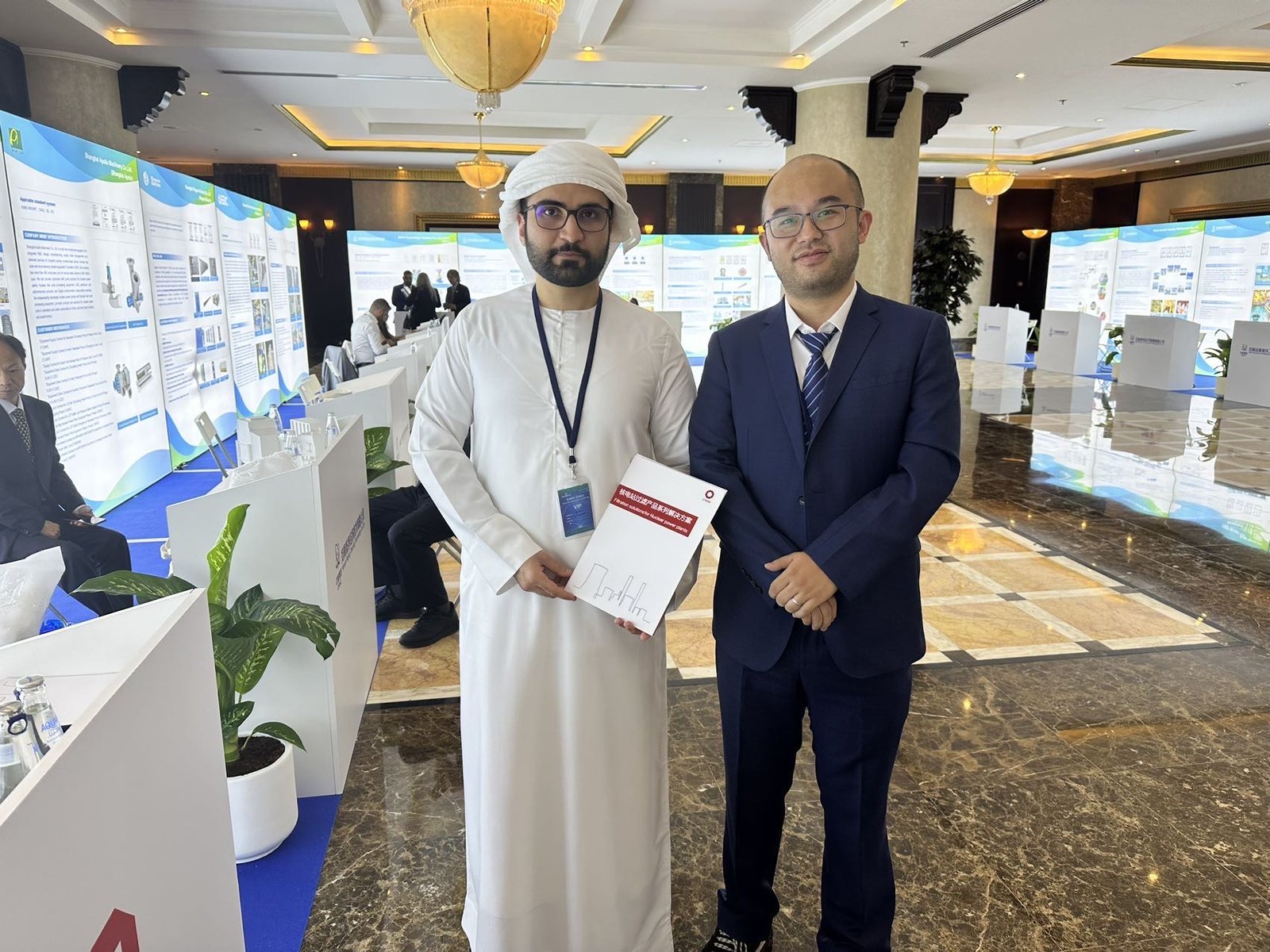HEPA filters remove 99.97% of airborne particles (≥0.3 microns) in homes, hospitals, industries, and vehicles.
Originally developed for nuclear research in the 1940s, these filters are now critical in homes, hospitals, and industries. But what exactly are they used for today? This guide breaks down their top applications, backed by science and real-world examples.
What Is a HEPA Filter?
HEPA filters are high-efficiency mechanical air filters that capture airborne particles using three key mechanisms:
- Interception – Particles adhere to filter fibers.
- Inertial Impaction – Larger particles collide with fibers and get trapped.
- Diffusion – Tiny particles move erratically and become lodged in the filter.
Key Fact: A True HEPA filter meets U.S. DOE standards, capturing ≥99.97% of particles as small as 0.3 microns.

7 Key Uses of HEPA Filters
Medical & Laboratory Settings
- Used in hospitals (operating rooms, isolation wards) to prevent infections.
- CDC study: HEPA filters reduced airborne bacteria by 72% in ICUs.
- Pharmaceutical labs: Protect sensitive experiments from contamination.
Allergy & Asthma Relief
- Traps pollen, dust mites, and pet dander—common allergy triggers.
- American Lung Association: HEPA users reported 30% fewer asthma attacks.
Home Air Purifiers
- Removes smoke, mold spores, and VOCs for cleaner indoor air.
- EPA tip: Pair with activated carbon for better odor removal.
Industrial Applications
- Nuclear facilities: Capture radioactive particles.
- Electronics manufacturing: Prevents microdust damage to circuits.
Vehicle Cabin Air Systems
- Luxury brands like Tesla use HEPA to reduce PM2.5 inside cars.
Post-Pandemic Air Safety
- Filters COVID-19 aerosols when combined with UV-C light (NIH research).
Vacuum Cleaners
- Dyson & other brands use sealed HEPA systems to prevent dust recirculation.

HEPA vs. Regular Filters: Key Differences
| Feature | HEPA Filter | Regular Filter |
|---|---|---|
| Efficiency | 99.97% at 0.3 microns | 30-50% at 1+ microns |
| Best For | Allergens, pathogens | Dust, large particles |
| Cost ($) | $50-200 | $10-30 |
| Lifespan | 6-12 months | 1-3 months |
Common Error
❌ “HEPA Filters Release Ozone” – False! Only ionizers produce ozone. True HEPA filters are 100% ozone-free, as confirmed by the EPA.
❌ “Washable HEPA Filters Work Just as Well” – Not true! Washing damages the fibers, reducing filtration efficiency by 40%, according to Consumer Reports.

When should you use a HEPA filter?
As a filtration expert with 20 years of experience, I’ve seen firsthand how HEPA filters dramatically improve indoor air quality in various settings.While many people associate them with allergy relief, their benefits extend far beyond that.Here are five key scenarios where using a HEPA filter is essential:
5 Key Scenarios for Using a HEPA Filter
For Allergy & Asthma Relief
- Why: Captures 99.97% of pollen, dust mites, and pet dander.
- Data: A 2023 Journal of Allergy and Clinical Immunology study found HEPA filters reduced allergy symptoms by 48%.
- Best Practice: Use in bedrooms and living areas (e.g., Coway Airmega).
After Wildfires or in High-Pollution Areas
- Why: Removes PM2.5 and smoke particles that can cause lung damage.
- Case Study: During California wildfires, HEPA users reported 60% cleaner indoor air (via PurpleAir sensors).
For Infants & Elderly Care
- Why: Protects weakened immune systems from airborne pathogens.
- Expert Tip: The CDC recommends HEPA filters in nurseries to reduce RSV and flu risks.
During Renovations & Construction
- Why: Captures lead dust, mold spores, and asbestos fibers.
- Warning: Standard masks can’t block submicron particles—HEPA air purifiers are essential.
In Medical Facilities & Laboratories
- Why: Prevents cross-contamination in critical environments.
- Example: Hospitals use HEPA filters in TB isolation rooms to block airborne bacteria (per WHO guidelines).

Who needs a HEPA filter?
Whether it’s preventing contamination in a pharmaceutical lab or improving indoor air quality in residential spaces, the application of these filters plays a vital role in maintaining standards across various sectors.
Below are key sectors that rely on these filters:
Industrial Applications
- Electronics Manufacturing: Semiconductor fabs require ultra-clean environments to prevent microscopic dust from damaging chips.
- Pharmaceuticals: Ensures sterile conditions by filtering airborne contaminants that could compromise drug safety.
- Chemical Industry: Removes impurities from gases and raw materials, enhancing product quality and protecting equipment.
Healthcare & Laboratories
- Hospitals: Used in operating rooms and ICUs to prevent infections by filtering bacteria and viruses.
- Research Labs: Maintains air purity for experiments, preventing external contamination.
Commercial & Public Spaces
- Office Buildings: Enhances indoor air quality by filtering dust, pollen, and pollutants, promoting employee well-being.
- Shopping Malls & Hotels: Improves air freshness and reduces airborne contaminants for a healthier environment.
Aerospace & Scientific Research
- Aerospace Facilities: Essential for cleanroom environments in spacecraft assembly to prevent damage from fine particles.
- Renewable Energy Research: Used in battery and solar panel production to maintain high manufacturing standards.
Residential Use
- Allergy & Respiratory Health: Beneficial for individuals with asthma or allergies by filtering out pollen, dust mites, and other allergens.
- Premium Indoor Air Quality: Preferred by households seeking cleaner, healthier living spaces.

FAQ:
How often should a HEPA filter be replaced?
Most HEPA filters need replacement every 6-12 months, depending on usage and environmental conditions.
Are HEPA filters used in HVAC systems?
Some high-end HVAC systems integrate HEPA filters, but due to airflow resistance, they are more commonly used in standalone air purifiers.
Can HEPA filters be washed and reused?
Most true HEPA filters are not washable, as washing can damage the fibers and reduce their efficiency. Some pre-filters, however, may be washable. Always check the manufacturer’s instructions.





